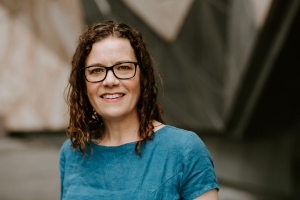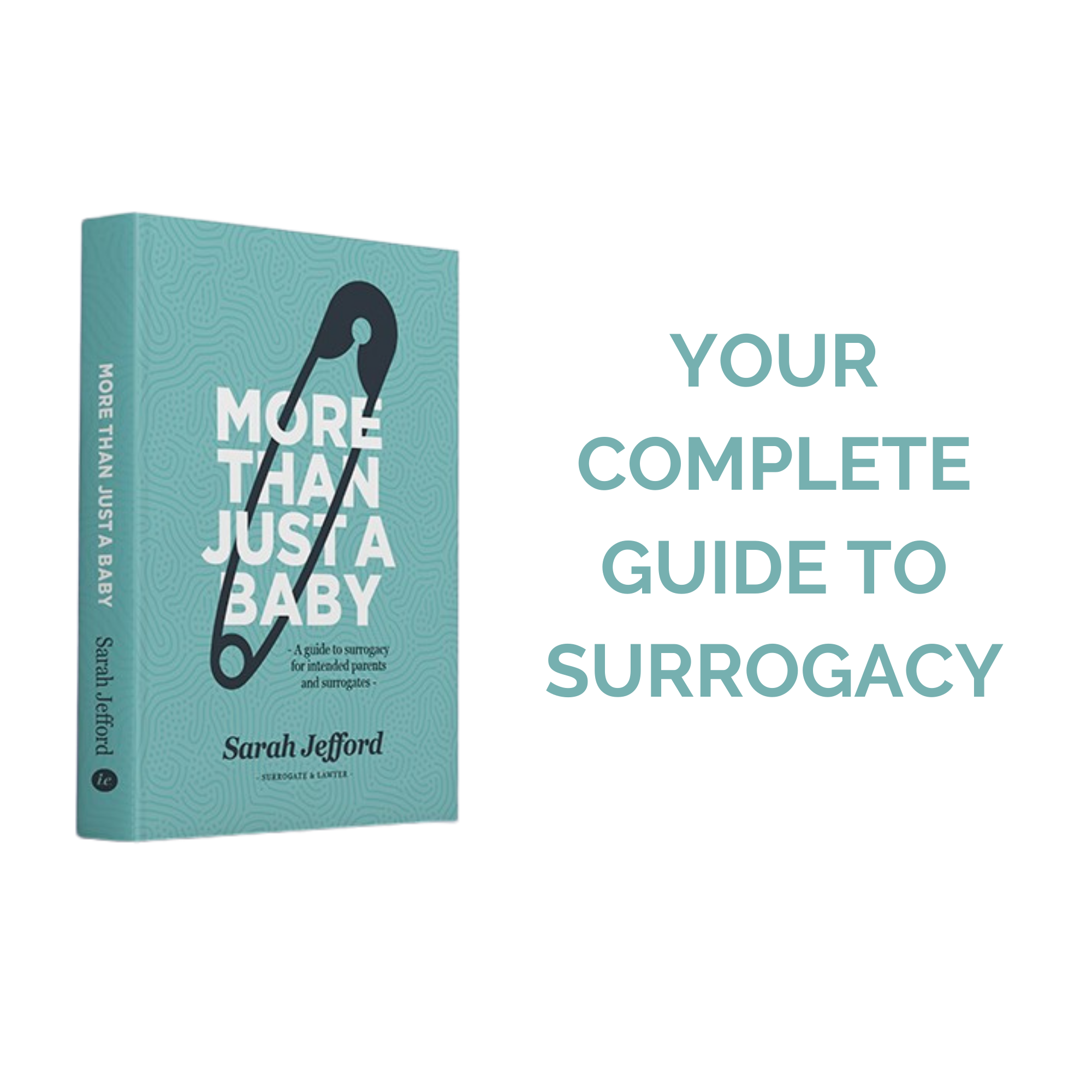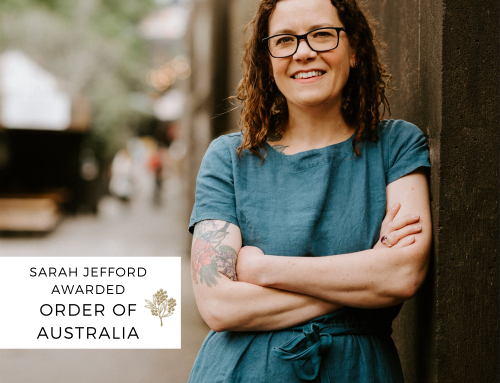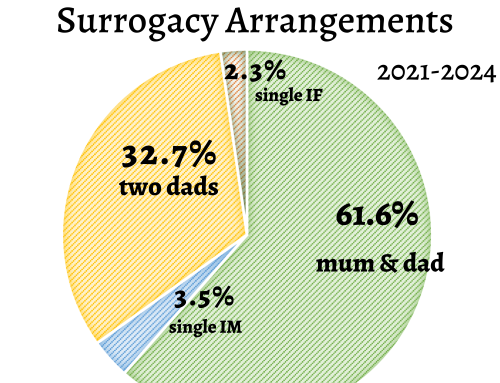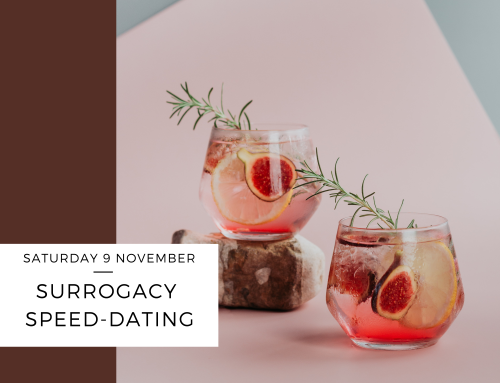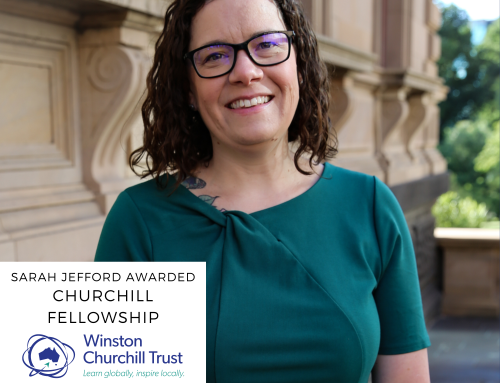Australian surrogacy statistics collected between 2021-2023.
How common is surrogacy in Australia? I have gathered statistics for surrogacy arrangements across Australia for the past few years. The figures contained in this article reflect those surrogacy arrangements that I have assisted with between 2021 and 2023.
We know that there are about 130-150 surrogacy births across Australia each year, and the number is slowly growing. This figure is based on records from fertility clinics to the Australian and New Zealand Assisted Reproduction Database, which reported 131 surrogacy births in Australia and New Zealand in 2022 but accounts for babies conceived in a fertility clinic. There are another 10-15 babies born via traditional surrogacy which often do not involve a fertility clinic.
Have you thought about joining Surrogacy Australia’s Support Service? Read this first.
The statistics here are based on my own data gathered for surrogacy arrangements in Australia between 2021 and 2023. You can read more details about 500 Australian surrogacy arrangements.
Is it easier to do surrogacy in some states more than others?
I assisted with 398 surrogacy arrangements between 2021-2023. Only a third of my clients come from where I live in Victoria.
The chances of entering a surrogacy arrangement are the same across the country – but there are notable exceptions. Tasmanian intended parents must have a surrogate who is resident in Tasmania, meaning their chances of finding a surrogate is limited to the population of Tassie. 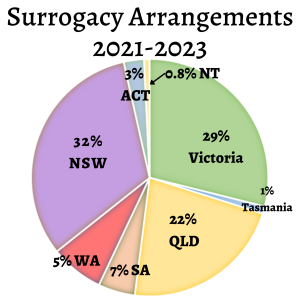 And West Australians can still only enter a surrogacy arrangement if they are a heterosexual couple or a single woman – this is set to change sometime, but we’re waiting with baited breath for the WA government to fulfil their promises for reform.
And West Australians can still only enter a surrogacy arrangement if they are a heterosexual couple or a single woman – this is set to change sometime, but we’re waiting with baited breath for the WA government to fulfil their promises for reform.
In 2023 I was proud and delighted to assist with the first Northern Territory surrogacy birth and appear for the parentage order application. I’m excited for more NT surrogacy babies due in 2024!
Gestational or Traditional surrogacy?
Gestational surrogacy involves a surrogate who conceives with an egg from someone other than herself – a donor, or one of the intended parents. Traditional surrogacy involves a surrogate who conceives with her own egg. In some parts of the world, traditional surrogacy is quite popular, including in the UK. In other parts of the world, particularly in the USA, gestational surrogacy is much more common and traditional surrogacy is rare.
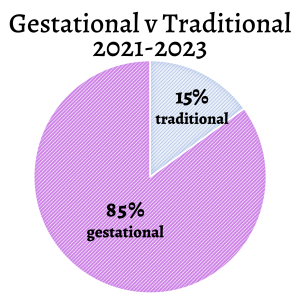
Consistently between 2021 and 2023, 15% of all arrangements involved traditional surrogacy. That’s a sizeable portion of the 398 surrogacy arrangements during that period, and it cannot be said that traditional surrogacy should be treated any differently from gestational surrogacy.
How do surrogates and intended parents find each other?
It’s the biggest question for anyone engaging in surrogacy in Australia – how do we find a surrogate or intended parents? Between 2021 and 2023, 78% of my clients had found each other within existing networks – friends and family mostly. The other 22% of my clients found each other on social media, particularly on dedicated Facebook groups such as the Australian Surrogacy Community.
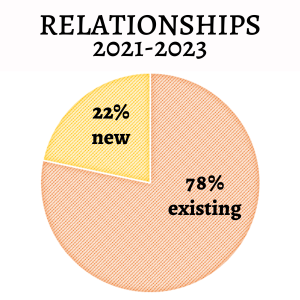
Of the 78% who find a surrogate in their existing networks, half of them list their surrogate as a friend, and another 38% have a surrogate who is a sister, or sister-in-law, of one of the intended parents. The remaining arrangements involve surrogates who are the mother, or another relative, of one of the intended parents, or work colleagues. 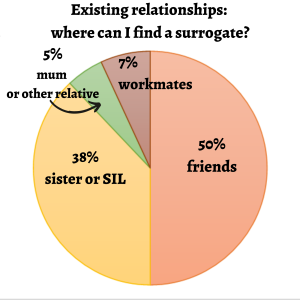
If you are looking for a surrogate, remember that people in your friends and family circles don’t know that you need a surrogate unless you share your story. Many surrogates carried for someone they knew after hearing about their story of infertility and desire to grow their family.
.
Gay, straight, single or married? Who is entering a surrogacy arrangement?
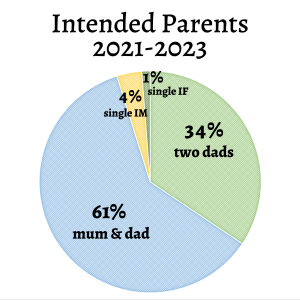
Of 398 surrogacy arrangements between 2021-2023, 61% were for straight couples, and 34% were for gay couples. The remaining 5% were shared between single women and single men.
.
Babies born 2021-2023
The best part of my job is hearing of the birth of a much-wanted and hoped for baby. Between 2021 and 2023, I’ve heard that news over 190 times and it never ceases to make my heart sing.
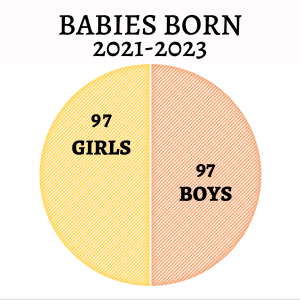
As you would expect, the split between boy babies and girl babies born is even, with 97 boys and 97 girls!
You can read more about the babies born in 2022, including a list of names given to surrogacy babies during the year.
Has this inspired you to find out more about surrogacy in Australia? You can find more information in the free Surrogacy Handbook, by reading articles in the Blog, by listening to more episodes of the Surrogacy Podcast. You can also book in for a consult with me below, and check out the legal services I provide.

